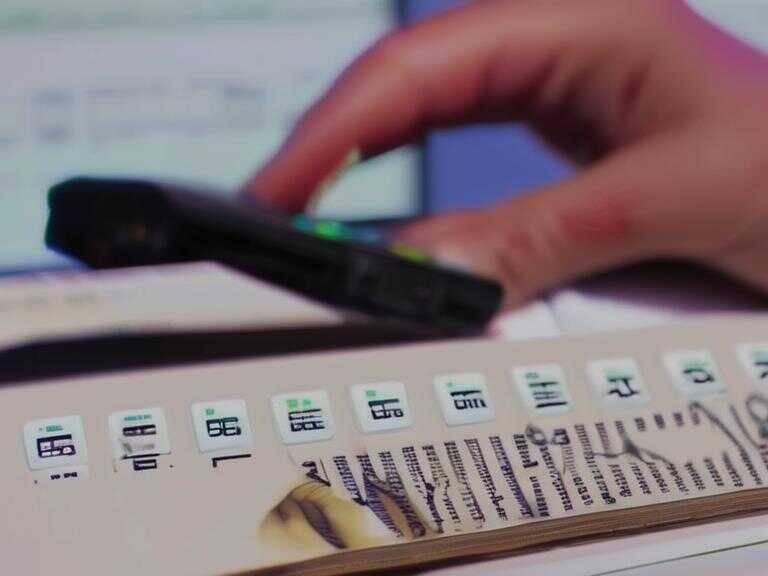
Concerns Rise as Buy Now, Pay Later Services Lead Consumers Into Debt Trap
Buy now, pay later services attract consumers with tight cash flow but can lead to overspending and debt, causing financial stress.

As consumer behavior continues to evolve, the introduction of "buy now, pay later" (BNPL) services has revolutionized the way people shop and manage their finances. These services allow individuals to split their purchases into installments with minimal or no interest, providing a convenient alternative to traditional credit options. While many have embraced BNPL services, there is a growing concern about their long-term financial implications.
The Story of Tia Whiteside
Meet Tia Whiteside, a 27-year-old behavioral analyst based in Greenville, South Carolina. Last year, Whiteside found herself drawn to the convenience of BNPL services when she made a significant Amazon purchase for a day trip to the beach with her 2-year-old son. Despite having a combined annual income of approximately $110,000 with her husband, Whiteside accumulated $6,000 in BNPL loans over two years, leading her to question the impact of these deferred payments on her overall financial well-being. Even with a good income, she began to feel the burden of her accumulating BNPL debt, especially as she and her husband were considering purchasing their first home.
The Appeal and Pitfalls of BNPL Services
BNPL services have gained traction across various income levels and age groups, with the fastest uptake observed among consumers aged 35 and younger. While these services offer the allure of flexible payment options and the ability to manage cash flow effectively, there are concerns about their potential to encourage impulsive spending and contribute to financial mismanagement. Studies have shown that BNPL users tend to incur additional fees and interest on their traditional credit cards after adopting these services, raising questions about their impact on overall financial behavior.
Financial Experts' Perspectives
Financial experts and researchers have voiced apprehensions about the widespread use of BNPL services. Ben Lourie, an accounting professor at the University of California, Irvine, emphasized that while some individuals may use BNPL responsibly, the overall trend indicates increased consumer spending without necessary constraints. Data analysis conducted by researchers at various institutions revealed that BNPL users accrued higher overdraft fees, credit card interest, and late fees, suggesting a potential pattern of unsustainable financial behavior.
Consumer Experiences and Cautionary Tales
Amid the growing popularity of BNPL services, individuals have shared their experiences and cautionary tales on social media platforms. Some have expressed regret over accumulating significant BNPL debt, while others have highlighted the aggressive advertising tactics employed by these services. Additionally, concerns have been raised about the disproportionate impact of BNPL usage on specific demographics, with reports indicating higher utilization rates among Black and Hispanic consumers, as well as female consumers.
Navigating the Pitfalls of BNPL Services
As consumers grapple with the implications of utilizing BNPL services, there is a renewed focus on responsible spending and financial prudence. Amy Baird, a 39-year-old claims clerk from Dallas, shared her journey of addressing over $9,000 in BNPL debt and finding support through online communities dedicated to managing shopping addiction. Financial planners have advised individuals to exercise caution and consider their payment strategies carefully, acknowledging the allure of BNPL services and their potential to facilitate impulsive spending.
Share news















